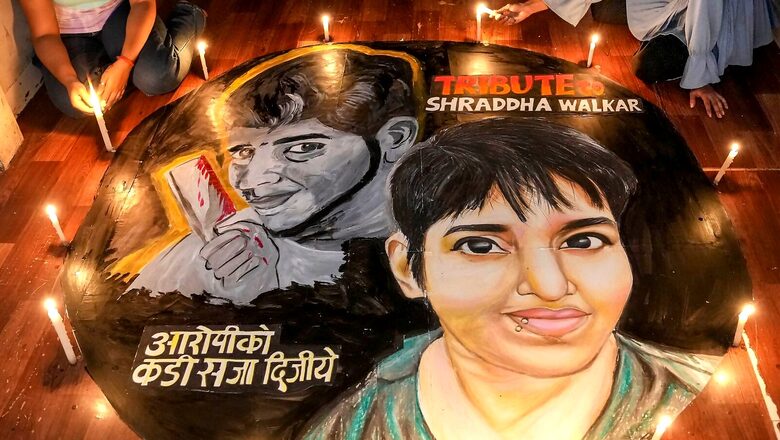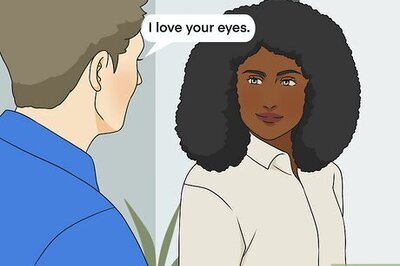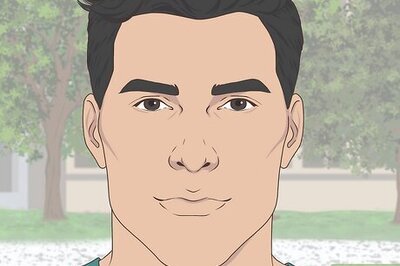
views
Delhi police on Wednesday stated that they may conduct a brain mapping on Delhi murder accused Aaftab Poonawala in the event that the results of his polygraph and narco analysis are inconclusive.
Poonawalla was arrested earlier after it was alleged that he killed his live-in partner Shraddha Walkar during a fight and then cut her corpse up in 35 pieces to dispose of it and hide the crime.
A source within the police department revealed to the Times of India that the group may petition the court to obtain permission to perform a brain mapping on Poonawala. But what is brain mapping and how is it conducted?
What is Brain Mapping?
According to a report by Legal Services India, the Brain Mapping Test is also referred to as the P-300 test.
It is defined as “the study of the anatomy and function of the brain and spinal cord through the use of imaging, immunohistochemistry, molecular and optogenetics, stem cell and cellular biology, engineering, neurophysiology, and nanotechnology” by the Society for Brain Mapping & Therapeutics, a non-profit biomedical association.
The field of neuroimaging can be included in the scope of brain mapping. According to what it says, brain mapping can be thought of as an advanced form of neuroimaging because it produces images of the brain that have been augmented by the outcome of additional (imaging or non-imaging) data processing or analysis. For example, it can produce maps that project (measures of) behaviour onto different regions of the brain.
How is It Conducted?
Before beginning this examination of the suspect’s brain using brain mapping, the suspect will first be interviewed and questioned to determine whether or not he is trying to conceal any information. By providing the subjects with a list of words, the researchers were able to activate areas of the brain responsible for associated memory. On the word list that will be used for the Brain Mapping Test, one will find the following three categories of words, as explained by Legal Services India:
The first section was made up of meaningless phrases that have no direct bearing on the situation at hand.
Probe words directly relate to the case and suspects are used in Part II to elicit concealed information from the suspects, which is information that all suspects have had the opportunity to learn about during the course of events related to the case.
The words in Part III are based on confidential findings that the suspect is not aware of. This part is the only one that contains the target, which is not mentioned in the first two parts.
The response is obtained through a 32-channel EEG-ERP Neuro Scan cording system, which is then used to record the results of this test. In order to carry it out, the suspect is first requested to sit down and then instructed to close his eyes. While carrying out this test twice and presenting each word in three separate parts at random, the 32 channel electrodes are directly placed over the scalp in this particular position. The suspect is given the instruction to calm down and pay attention to the words that are being presented in the auditory mode. The examinee is not required to provide any sort of verbal response during this test.
The conclusion reached by the specialists after the test has been carried out to indicate the possession of knowledge about the pertinent subject, which is helpful in the investigation and the gathering of evidence. It turns out, after the test has been given, that the person being tested is aware of the crime about which he was being questioned. This is the conclusion that can be drawn from the results of the test (brain mapping).
The aforementioned test does not provide any means by which one can discover the nature of the lie being told or the information that is being held in the brain of the individual in question.
The Legality
The Supreme Court has ruled that narco-analysis, brain mapping, and polygraph tests cannot be conducted on any person without his or her consent.
Also, statements made during this test are not admissible as primary evidence in the court, except under certain circumstances when the bench thinks that the facts and nature of the case permit it.
Read all the Latest Explainers here

















Comments
0 comment